Beat Allergy: 7 Tips to Alleviate Allergies Effectively
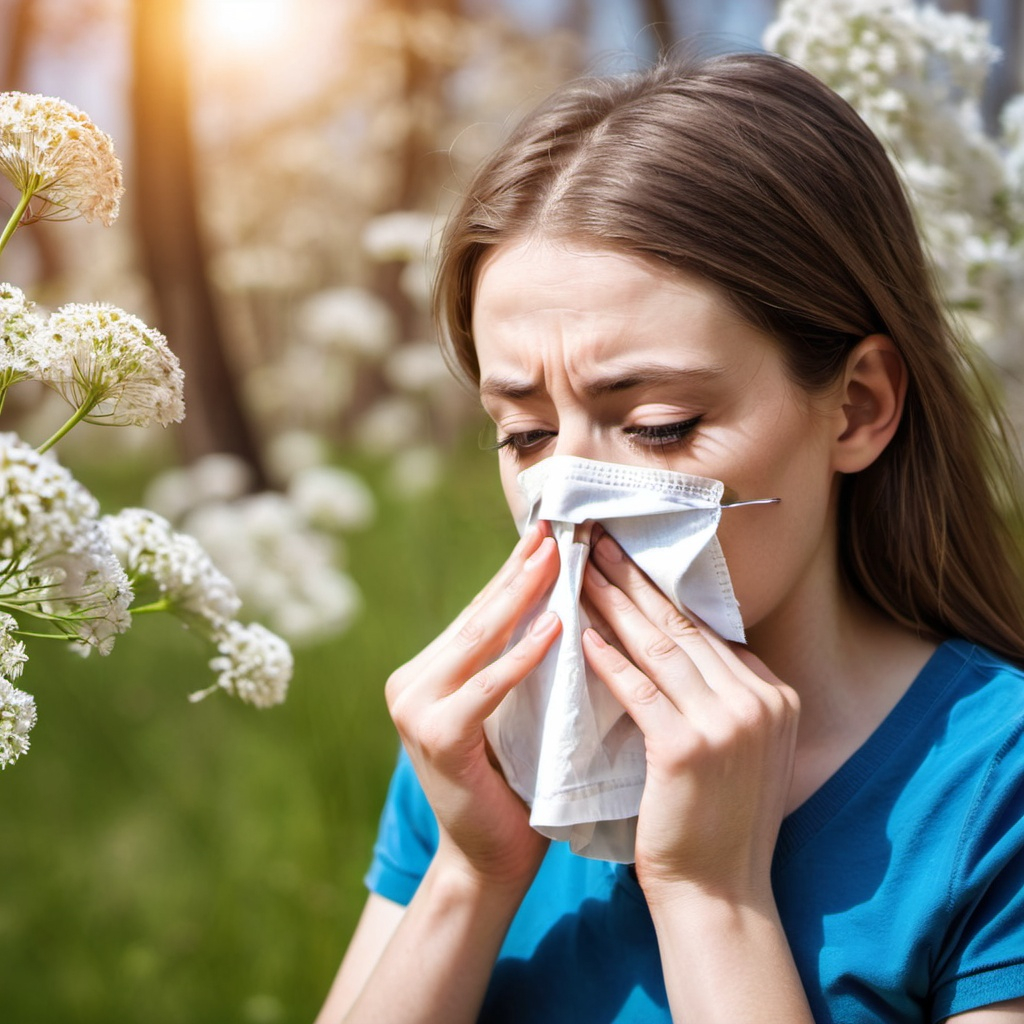
Table of Contents
Understanding Seasonal Allergies and Hay Fever
Seasonal allergies, often referred to as hay fever or allergic rhinitis, affect millions of people around the world. They are triggered by allergens that are prevalent during particular seasons. While many might think that allergies are simply a nuisance, they can significantly impact quality of life. Understanding what causes these allergies and how they manifest can be crucial for managing symptoms effectively.
What Are Seasonal Allergies?
Seasonal allergies occur when the immune system reacts to outdoor allergens like pollen from trees, grasses, and weeds. Unlike other allergies that may occur year-round, seasonal allergies are typically associated with specific times of the year. For instance, in the spring, tree pollen is a major offender, while in summer, grass pollen takes the lead, and fall often brings ragweed pollen. When exposed to these allergens, the body releases histamines and other chemicals that cause allergic reactions.
Common Symptoms to Watch Out For
Symptoms of seasonal allergies can vary but commonly include sneezing, runny or stuffy nose, itchy eyes, and throat irritation. Some individuals may also experience fatigue, headaches, or even asthma exacerbations. Recognizing these symptoms early can help individuals take necessary precautions and seek treatment before the symptoms worsen.
Pollen Season: The Culprit Behind Your Symptoms?

Types of Pollen and Their Sources
Pollen is one of the primary triggers of seasonal allergies. It comes from various sources, primarily trees, grasses, and weeds. Tree pollen is often released in the early spring, with species like oak, birch, and cedar being the most common culprits. Grasses produce pollen during late spring to early summer, while ragweed, which releases pollen in late summer and fall, is notorious for causing severe allergic reactions.
When Does Pollen Season Start and End?
Pollen seasons vary geographically but generally follow a predictable pattern. In many areas, tree pollen levels rise in March and can last through May. Grass pollen often peaks in late spring, while ragweed pollen can begin in late summer and persist until the first frost. Understanding the timing of these seasons can help individuals prepare and mitigate their exposure.
How to Track Pollen Levels
Several resources are available to help monitor pollen levels, including weather apps, local news, and dedicated allergy websites. These platforms provide real-time updates on pollen counts, allowing individuals with seasonal allergies to plan their outdoor activities accordingly. Keeping an eye on pollen forecasts can significantly reduce exposure and help manage symptoms effectively.
Dust: An Everyday Allergen
What Makes Dust So Irritating?
While pollen is often viewed as the primary culprit for seasonal allergies, dust can also play a significant role in allergic reactions. Dust consists of a mixture of particles, including skin flakes, pet dander, mold spores, and dust mite droppings. These components can trigger allergic reactions or exacerbate existing symptoms, particularly during specific seasons when indoor air quality may decline.
Tips for Reducing Dust in Your Home
To minimize dust-related allergies, regular cleaning is essential. Using a vacuum with a HEPA filter can effectively capture dust and allergens. Additionally, washing bedding frequently in hot water and using air purifiers can help reduce indoor dust levels. Reducing clutter, which often collects dust, can also be a helpful strategy.
Mold: A Hidden Trigger
How Mold Develops and Where to Find It
Mold thrives in damp environments, making it a common allergen in many homes. It can grow in areas with high humidity, such as bathrooms, basements, and around leaky pipes. When mold spores become airborne, they can trigger allergic reactions similar to pollen. Awareness of mold-prone areas in your home is essential in managing allergy symptoms.
Best Practices for Mold Prevention
To prevent mold growth, keep humidity levels in your home below 50%. Using dehumidifiers, ensuring good ventilation, and promptly addressing water leaks can significantly reduce mold presence. Regularly cleaning areas prone to moisture can also mitigate mold development, keeping the indoor environment healthier for allergy sufferers.
Pet Dander: Allergies from Our Furry Friends

Understanding Pet Allergies
Pet dander, which consists of tiny flakes of skin shed by cats, dogs, and other animals, can be a significant allergen for many individuals. In addition to skin flakes, pet saliva and urine can also contribute to allergic reactions. For pet owners, managing these allergens is crucial to creating a comfortable living environment.
Managing Pet Dander in Your Home
To manage pet dander effectively, it is advisable to establish pet-free zones within the home, particularly in bedrooms. Regular grooming of pets, using air purifiers, and vacuuming with a HEPA filter can help reduce allergens. Additionally, bathing pets regularly can cut down on dander accumulation and create a more allergen-free environment.
Strategies for Relief
Over-the-Counter Medications
For many, over-the-counter medications can provide significant relief from seasonal allergy symptoms. Antihistamines, decongestants, and nasal sprays are commonly used to alleviate symptoms. It’s essential to consult with a healthcare provider to determine which medications are best suited for individual needs, especially if considering long-term use.
Natural Remedies to Consider
In addition to conventional medications, some individuals find relief through natural remedies. Options such as saline nasal rinses, local honey, and herbal supplements may help alleviate symptoms.
When to See a Doctor
If symptoms persist despite self-treatment or if they worsen over time, it may be time to consult a healthcare provider. Allergists can conduct specific tests to identify exact allergens and recommend tailored treatments, such as allergy shots or prescription medications, to help manage symptoms effectively.
Tests for Allergies
Health Always with Dr. Ray Psonak has a great test kit from UCARI (tests pets and people) and US BioTek (tests for 33 IgE), both are finger-prick tests. Other tests are skin prick tests for IgE by an allergist.
Conclusion: Embracing Allergy Season
Final Thoughts and Encouragement
Seasonal allergies can be frustrating, but with the right knowledge and strategies, managing them is possible. By understanding the triggers, monitoring pollen levels, maintaining a clean environment, and exploring treatment options, individuals can find relief and enjoy the beauty of each season. Remember that it’s okay to seek help and explore different approaches to find what works best for you.
Frequently Asked Questions
What causes seasonal allergies?
Seasonal allergies are primarily caused by allergens such as pollen from trees, grass, weeds; dust, mold, and pet dander that trigger an immune response in susceptible individuals.
How can I reduce my exposure to allergens?
To reduce exposure to allergens, monitor pollen counts, keep windows closed during high pollen seasons, regularly clean your home, and use air purifiers.
Can air pollution trigger my allergies?
Yes, air pollution can trigger allergies. Exposure to pollutants like ozone, particulate matter, smoke, chemicals, and nitrogen oxides can exacerbate allergy symptoms such as sneezing, itchy eyes, skin irritation and nasal congestion.
Are there any natural remedies for seasonal allergies?
Some natural remedies include saline nasal rinses, local honey, and staying hydrated. However, it’s important to consult a healthcare professional before trying new treatments.
When should I see a doctor for my allergies?
If your symptoms persist despite self-treatment, worsen over time, or significantly impact your daily life, consult a healthcare provider for further evaluation and treatment options.
Can seasonal allergies lead to other health issues?
Yes, untreated seasonal allergies can contribute to sinusitis, asthma attacks, and other respiratory problems, making it important to manage symptoms effectively.
At Home Tests
-
←→

UCARI Intolerance Test Kit
$99.99$88.00Test for 1500+ possible intolerances and nutritional imbalances- Buy 2 at $85.00
UCARI Intolerance Test Kit
At Home Health Tests, Hair Tests, Allergy Tests, Nutritional Tests, Environmental Pollutants Tests, Mycotoxin Molds Tests, Allergy Solutions, Lung Solutions, Gastrointestinal Solutions, Immune System Tests, Candida Solutions$99.99 $88.00Successfully Added to your Shopping CartAdding to Cart... -
←→
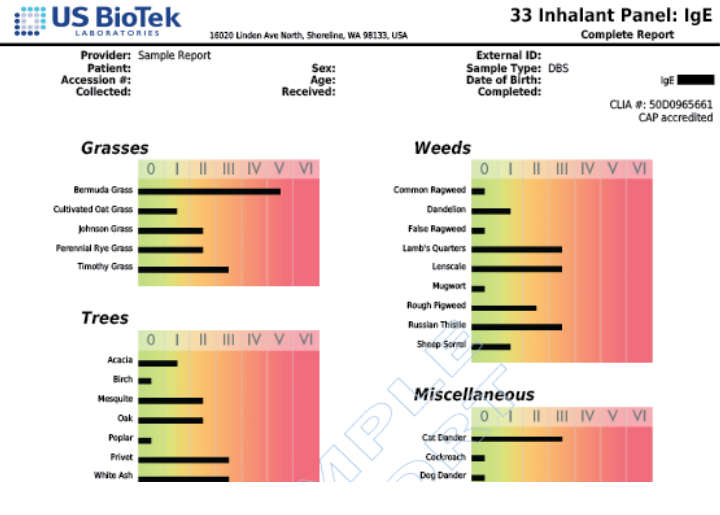
US BioTek 33 Inhalent Allergy Panel Bloodspot
Blood Spot Tests, Allergy Solutions, At Home Health Tests, Mycotoxin Molds Tests, Immune System Solutions, Lung Solutions, Allergy Tests, Immune System Tests$249.00 $209.00Successfully Added to your Shopping CartAdding to Cart... -
←→

UCARI Intolerance Pet Test Kit
$99.99$88.00Test your pet for 1000+ possible intolerances and nutritional imbalances- Buy 2 at $85.00
UCARI Intolerance Pet Test Kit
At Home Health Tests, Hair Tests, Allergy Tests, Nutritional Tests, Environmental Pollutants Tests, Mycotoxin Molds Tests, Pets$99.99 $88.00Successfully Added to your Shopping CartAdding to Cart... -
←→

US BioTek Organic Acids Profile Environmental Pollutants Profile
$339.00$269.00A unique biochemistry profile called Organic Acid Test (OAT) can detect alterations in your gut, cellular deficiencies, levels of neurotrasmitters, exposures to mold or fungus and indicate need for specific nutrients, diet modifications and detoxification. Combine the OAT with the Environmental Pollutants Profile (EPP) for a more complete snapshot picture of toxic exposure to environmental chemicals.- Buy 2 at $264.00
US BioTek Organic Acids Profile Environmental Pollutants Profile
At Home Health Tests, Nutritional Tests, Mycotoxin Molds Tests, Autism Tests, Environmental Pollutants Tests, Organic Acids Tests, Detox Solutions$339.00 $269.00Successfully Added to your Shopping CartAdding to Cart...
Products
-
←→

Adrena Pan-C
$17.50Combat stress and anxiety with the power of science. This unique blend includes adrenal and spleen nucleic acids as well as key components of vitamin C and coenzymes crucial for adrenal function. Adrena Pan-C supports your body's natural adrenal response. It's especially beneficial for those who get tired when stressed, or who have poor dietary habits. -
←→
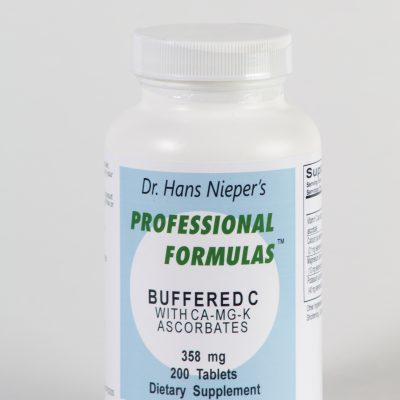
Buffered C with Calcium, Magnesium & Potassium
Supplements, Vitamin Supplements, Skin Solutions, Cancer Solutions, Immune System Solutions, Antioxidant Supplements, Allergy Solutions, Autism Solutions$11.70Successfully Added to your Shopping CartAdding to Cart... -
←→
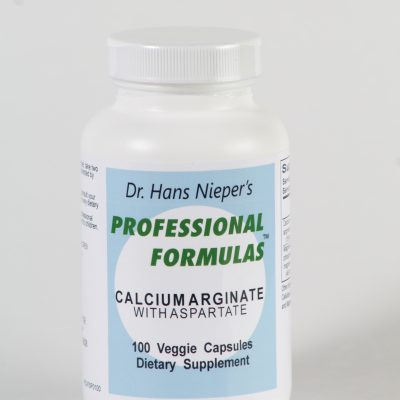
Calcium Arginate with Aspartate
Supplements, Mineral Supplements, Heart Solutions, Bone Solutions, Muscle Solutions, Anxiety, Stress, Depression Solutions, Amino Acids Supplements$14.40Successfully Added to your Shopping CartAdding to Cart... -
←→
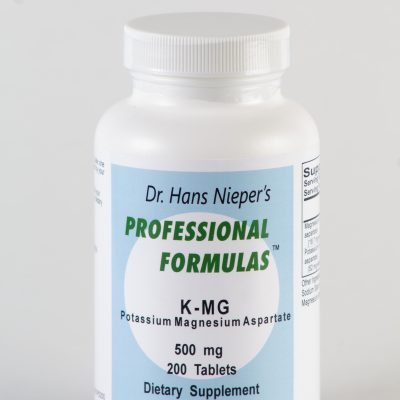
K-MG Potassium Magnesium
Supplements, Mineral Supplements, Headache Solutions, Heart Solutions, Muscle Solutions, Lung Solutions, Memory Loss Solutions, Anxiety, Stress, Depression Solutions$13.10Successfully Added to your Shopping CartAdding to Cart... -
←→

L-Glutathione
$39.00L-Glutathione (GSH) 100 TabletsMaximum quantity exceededMinimum purchase amount of 0 is requiredL-Glutathione
Supplements, Autism Solutions, Detox Solutions, Heart Solutions, Immune System Solutions, Nerve Damage Solutions, Antioxidant Supplements, Gastrointestinal Solutions$39.00Successfully Added to your Shopping CartAdding to Cart... -
←→
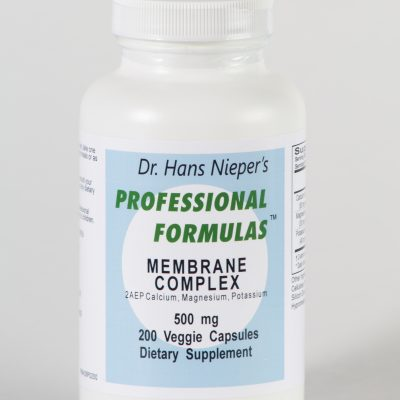
Membrane Complex
Supplements, Mineral Supplements, Heart Solutions, Skin Solutions, Probiotics Supplements, Bone Solutions, Lung Solutions, Muscle Solutions, Immune System Solutions$15.00Successfully Added to your Shopping CartAdding to Cart... -
←→

Nieperzyme with Zinc
Supplements, Probiotics Supplements, Heart Solutions, Bone Solutions, Muscle Solutions, Immune System Solutions, Antioxidant Supplements, Gastrointestinal Solutions$20.40Successfully Added to your Shopping CartAdding to Cart... -
←→
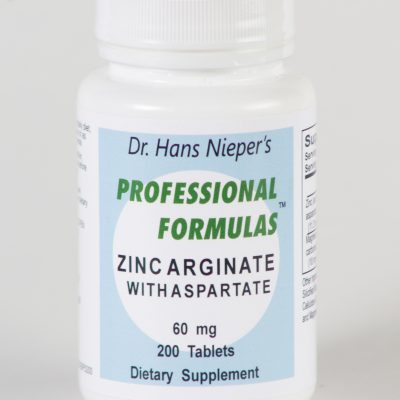
Zinc Arginate with Aspartate
Supplements, Mineral Supplements, Skin Solutions, Immune System Solutions, Amino Acids Supplements, Allergy Solutions$8.10Successfully Added to your Shopping CartAdding to Cart... -
←→
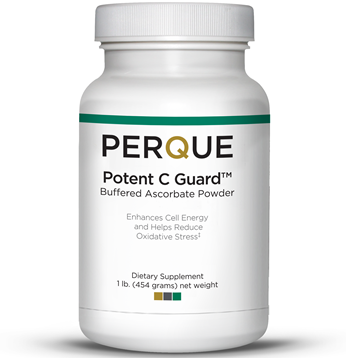
Perque Potent C Guard Buffered Ascorbate Powder
$79.99Maximum quantity exceededMinimum purchase amount of 0 is requiredPerque Potent C Guard Buffered Ascorbate Powder
$79.99Successfully Added to your Shopping CartAdding to Cart...
References
- https://links.e.response.mayoclinic.org/EmailPreview-GeneralHealth
- https://mcforms.mayo.edu/mc5200-mc5299/mc5256-01.pdf
